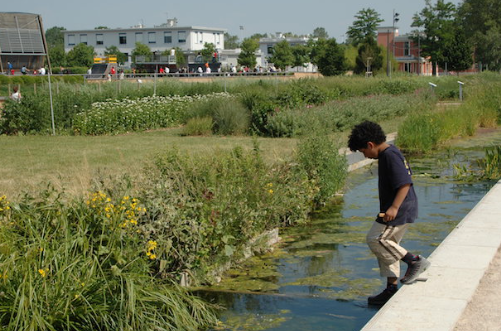Exploring the Work of John Harper: A Visionary Landscape Architect
John Harper is a name that resonates in the world of landscape architecture. Known for his innovative designs and holistic approach to outdoor spaces, Harper’s contributions not only enhance the aesthetics of environments but also promote sustainability and community engagement. This article explores his unique philosophy, notable projects, and the impact he has made in the field.
Understanding John Harper’s Design Philosophy
At the core of John Harper’s work is a belief in blending natural ecosystems with urban settings. He approaches landscape architecture with a focus on sustainability, ensuring that every project considers its ecological footprint. Harper’s designs often incorporate native plants, sustainable materials, and water-efficient systems, which not only beautify spaces but also encourage biodiversity. His commitment to creating environmentally responsible landscapes makes his work relevant to today’s pressing issues, such as climate change and urbanization.
Showcasing Notable Projects
Throughout his career, John Harper has been involved in a myriad of influential projects. One standout example is the revitalization of a downtown park that transformed a previously underused area into a vibrant community hub. By adding walking paths, native gardens, and recreational spaces, Harper has created a framework that fosters social interaction while promoting mental well-being. His work has often received accolades for not only enhancing the beauty of urban landscapes but also revitalizing local economies and encouraging community pride.
The Importance of Community Engagement
Harper understands that successful landscapes go beyond just visual appeal; they must serve the communities that inhabit them. He actively involves local stakeholders in the design process, ensuring that their needs and desires are reflected in the final product. This collaborative approach has helped create spaces that resonate with the community, fostering a sense of ownership and responsibility among residents. By prioritizing community engagement, Harper creates landscapes that are not just enjoyed but cherished.
Conclusion: The Future of Landscape Architecture
John Harper’s influence on landscape architecture is undeniable. His innovative designs and commitment to sustainability and community engagement set a benchmark for the industry. If you’re interested in learning more about landscaping or exploring how these principles can be applied to your environment, consider seeking out local workshops or projects inspired by Harper’s vision. Embrace the beauty of nature in your own backyard!

